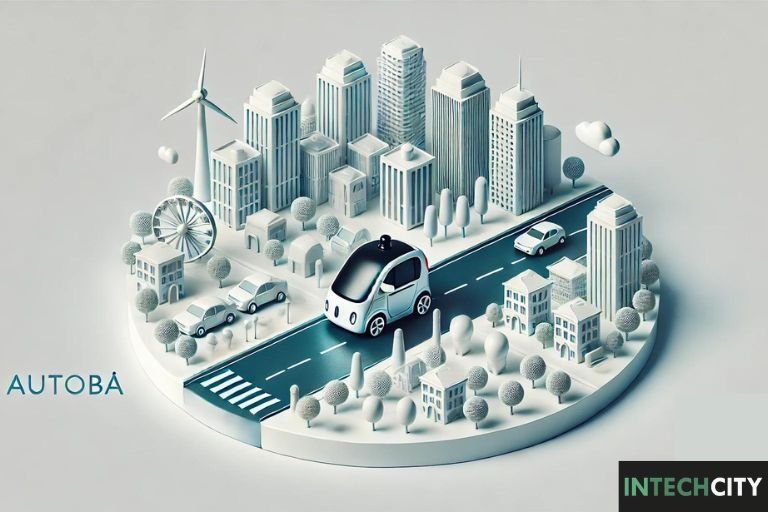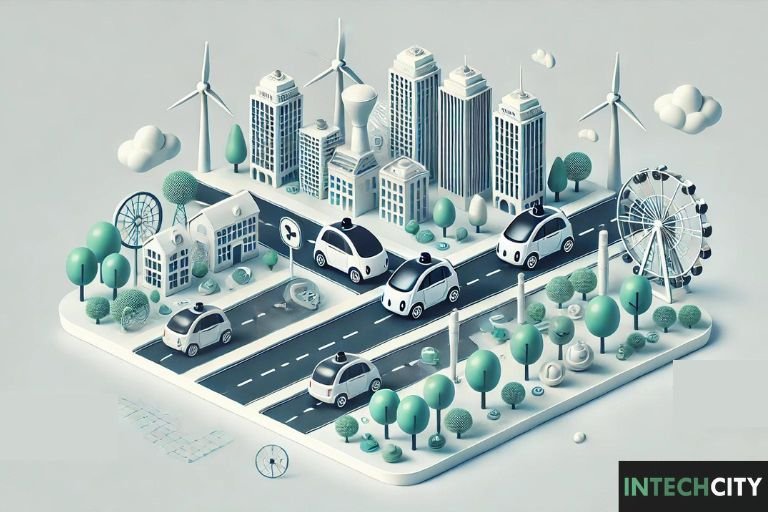Autobà is a groundbreaking innovation in urban transportation, integrating advanced technology and sustainable practices to redefine how we navigate cityscapes. This system aims to address the growing challenges of urban congestion, environmental impact, and the need for efficient public transit solutions.
Table of Contents
ToggleThe Concept of Autobà
Origin and Development
Autobà originated in the early 21st century as a response to the increasing urban congestion and environmental concerns. Engineers and inventors collaborated to create a system that minimizes traffic and reduces greenhouse gas emissions through autonomous vehicles and smart infrastructure. This concept has quickly evolved with advancements in artificial intelligence (AI), sensor technology, and networked infrastructure, making Autobà a viable and revolutionary transportation solution.
How Autobà Works
Autobà utilizes a combination of cutting-edge sensors, GPS, and AI algorithms to navigate urban environments autonomously. These technologies enable Autobà vehicles to make real-time decisions, optimize routes, and ensure safety. The system is designed to integrate seamlessly with existing urban infrastructure, providing a smooth and efficient transportation experience for passengers.
Benefits of Autobà

Environmental Sustainability
Autobà significantly reduces carbon emissions by using electric or hybrid power sources. This transition away from fossil fuels helps combat climate change and promotes cleaner air in urban areas. The system’s optimization capabilities also reduce traffic congestion, further contributing to environmental sustainability.
Enhanced Safety Features
Safety is a critical component of Autobà. The system’s advanced sensor technology and AI-driven algorithms allow for precise hazard detection and response, ensuring a high level of safety for both passengers and pedestrians. Real-time monitoring and collision avoidance systems are standard features, providing peace of mind for users.
Economic Benefits
Implementing Autobà can lead to substantial economic benefits for cities and their residents. By reducing traffic congestion and improving transportation efficiency, Autobà boosts productivity and lowers commuting costs. The development and maintenance of the Autobà system also create new job opportunities, stimulating economic growth.
Challenges and Solutions
Technological Challenges
Despite its potential, Autobà faces several technological challenges. Ensuring the reliability and safety of autonomous systems, integrating AI seamlessly, and developing robust smart infrastructure require ongoing research and development. Continuous innovation is essential to address these challenges and enhance the system’s capabilities.
Regulatory and Legal Considerations
The widespread adoption of Autobà necessitates a reevaluation of current transportation regulations. Governments and regulatory bodies must establish guidelines to ensure the safe and ethical use of autonomous vehicles. Collaborative efforts between policymakers and industry stakeholders are crucial for navigating the regulatory landscape and fostering public trust.
Public Acceptance
Gaining public acceptance is vital for the success of Autobà. Educating the public about the benefits and safety of autonomous transportation, addressing concerns, and demonstrating reliability are essential steps toward widespread adoption. Building trust through transparent communication and successful pilot projects can pave the way for broader implementation.
Future Prospects
Integration with Smart Cities
As cities evolve into smart, interconnected hubs, Autobà is poised to play a pivotal role in their development. The seamless integration of Autobà with existing infrastructure and urban planning initiatives will create more efficient and sustainable cities. Leveraging data and connectivity, Autobà contributes to the realization of smart city goals, such as reduced emissions and improved mobility.
Potential for Global Expansion
Given its proven effectiveness and increasing acceptance, Autobà is well-positioned for widespread adoption across the globe. As more cities recognize the advantages of autonomous transportation, they are likely to invest in implementing Autobà systems to meet their public transit needs. This expansion will not only alleviate congestion and pollution but also enhance accessibility and equity in urban transportation.
Conclusion
Autobà represents a significant leap forward in urban transportation, offering a glimpse of a future where public transit is affordable, environmentally friendly, and easily accessible to all. By leveraging cutting-edge technology, Autobà has the potential to transform urban mobility, mitigate congestion, reduce emissions, and enhance safety. Its integration with smart cities and potential for global expansion signal a new era in transportation innovation.
Autobà stands as a testament to human ingenuity and the quest for a better, brighter future for urban transportation.


